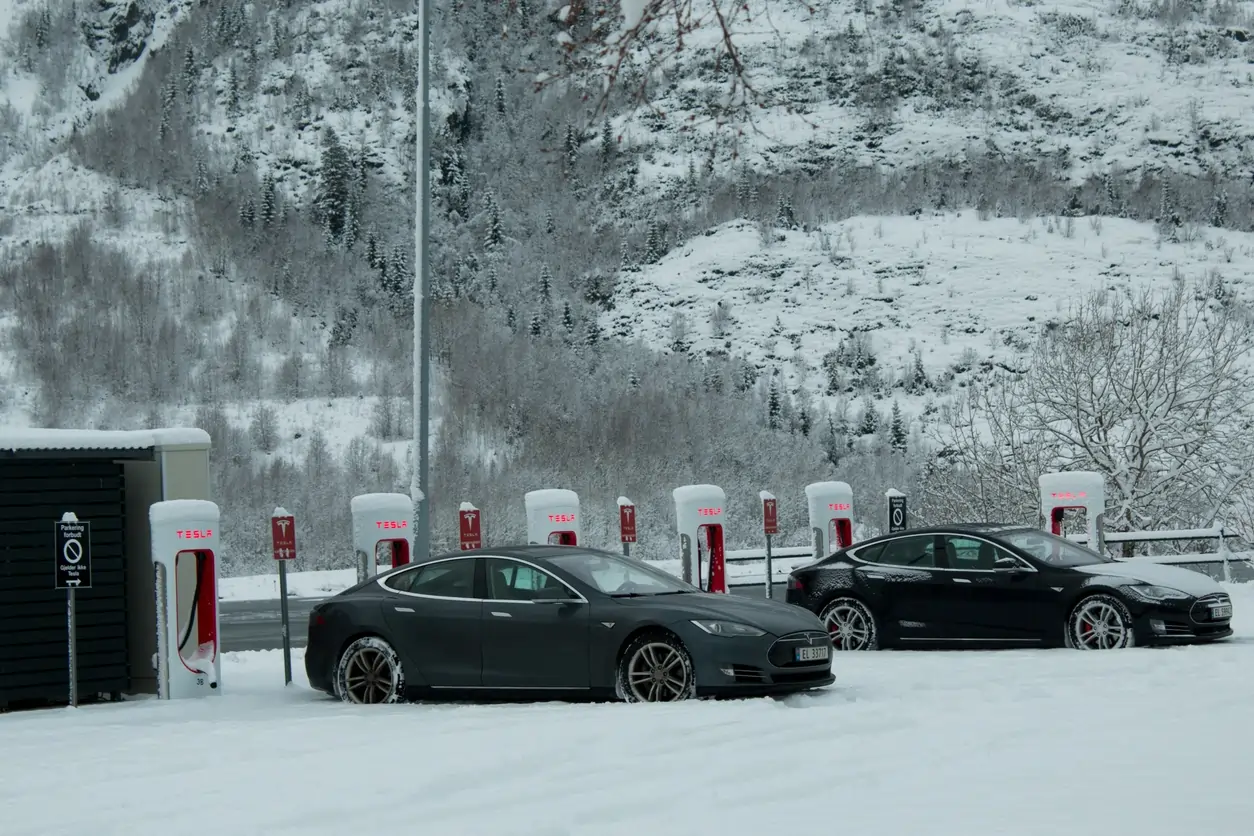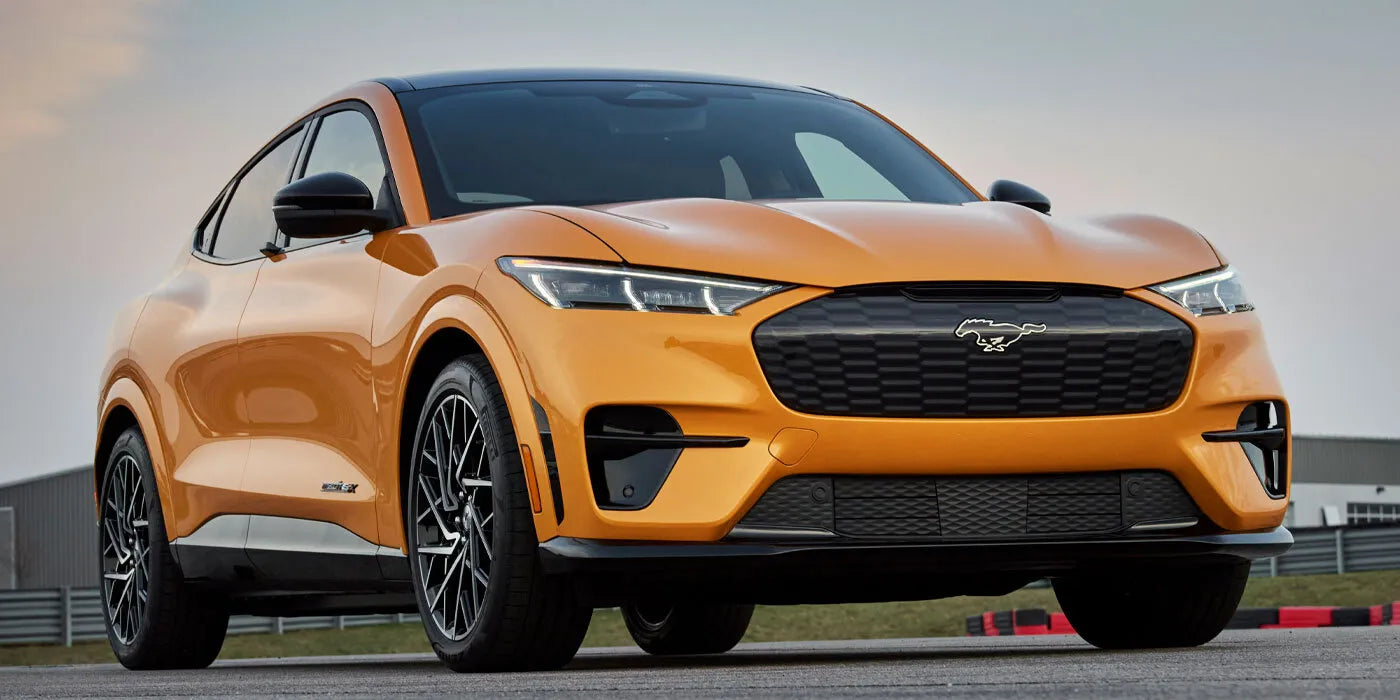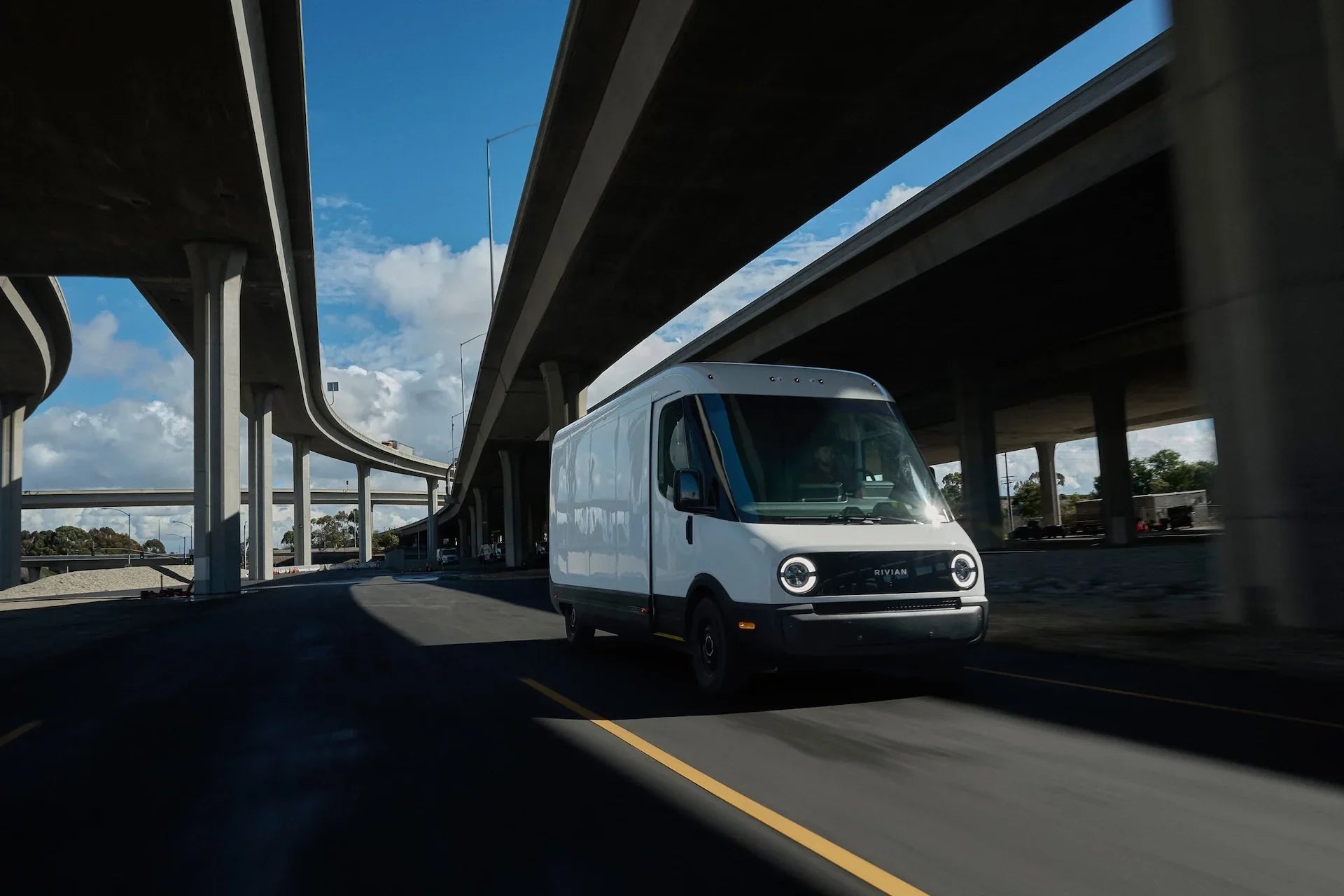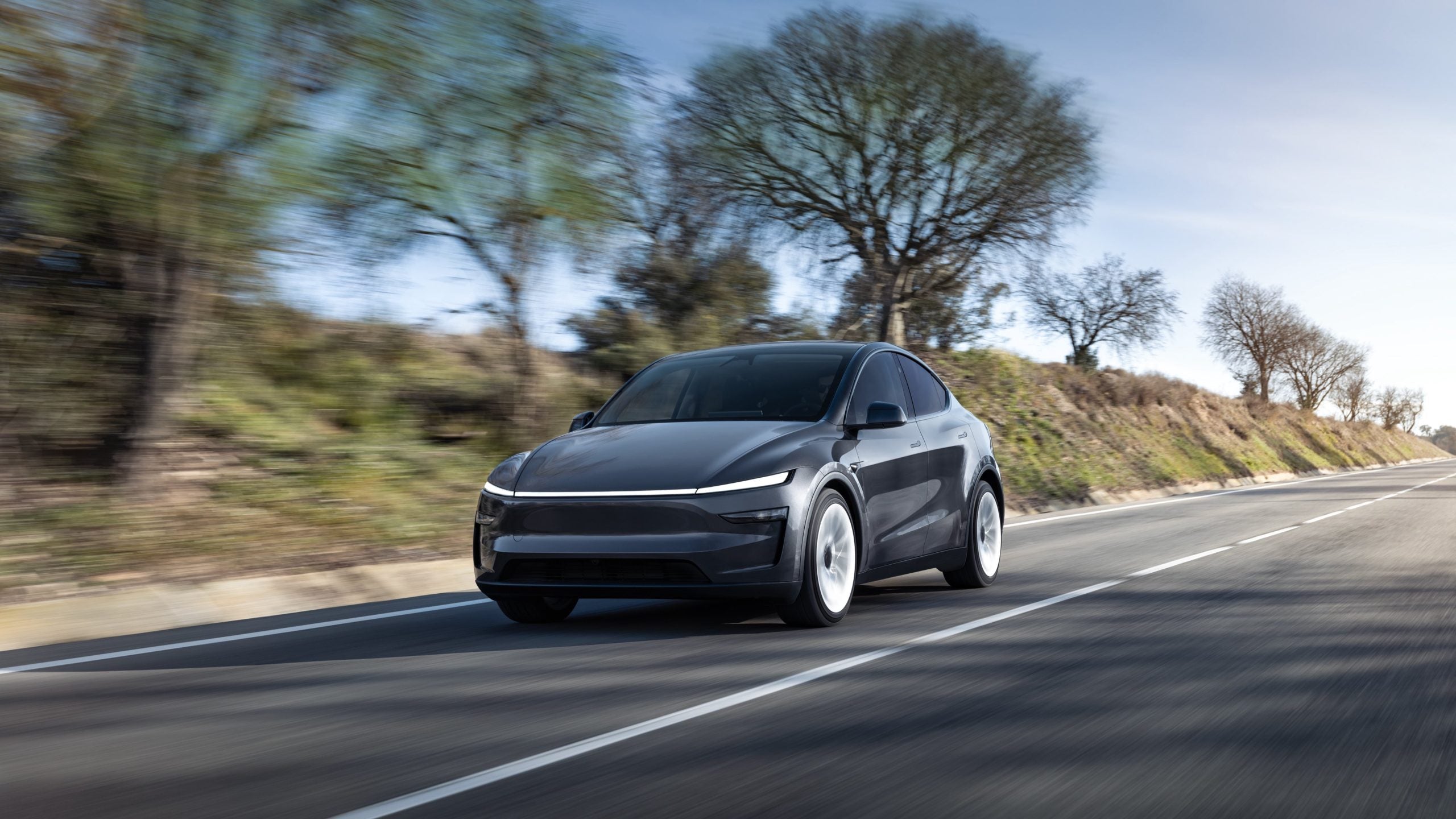Electric vehicles (EVs) have revolutionized transportation, but their performance in extreme cold—particularly below -4℉ - poses unique challenges. Lithium-ion batteries, the heart of most EVs, are sensitive to subzero temperatures, which can reduce range, slow charging, and accelerate degradation. For EV owners in frigid climates, understanding how to protect your battery during cold-weather charging is critical. This article explores the science behind cold-weather EV charging, practical strategies for maintaining battery health, and the role of tools like portable chargers and NEMA-compliant infrastructure.
The Science of Cold-Weather Battery Performance
Lithium-ion batteries rely on chemical reactions to store and release energy. At temperatures below -4℉, the electrolyte inside the battery becomes viscous, impeding ion movement between the anode and cathode. This increases internal resistance, reducing the battery’s ability to accept or deliver a charge efficiently. According to a 2021 study by the Idaho National Laboratory, EV range can drop by 20-40% in extreme cold, with charging times extending significantly due to reduced charge acceptance rates.
Cold temperatures also trigger the battery management system (BMS) to limit charging power to prevent lithium plating—a phenomenon where metallic lithium deposits on the anode, permanently reducing capacity. While modern EVs have sophisticated BMS protocols, prolonged exposure to subzero conditions can still stress the battery, especially during charging.

Preconditioning: The Key to Cold-Weather Charging
One of the most effective ways to protect your EV battery in subzero conditions is preconditioning—warming the battery before charging. Most EVs allow drivers to schedule preconditioning via the vehicle’s app or infotainment system. This process uses energy from the grid (when plugged in) or the battery to heat the pack to an optimal temperature, typically 68-77℉.
Preconditioning minimizes lithium plating risks and ensures faster charging. For example, Tesla’s BMS can warm the battery while navigating to a Supercharger, using real-time data to optimize temperature. However, in remote areas without access to Level 3 chargers, a portable charger connected to a NEMA 14-50 outlet can serve as a reliable alternative for preconditioning and charging.
NACS (Tesla) Charger Recommendations: Portable/Home Use NEMA 5-15 Pluge, NEMA 14-30 Plug, NEMA 14-50 Plug NACS(Tesla) Charger
To maximize preconditioning efficiency:
- Schedule charging sessions during warmer parts of the day, if possible.
- Use a garage to shield the vehicle from wind chill, which can exacerbate heat loss.
- Monitor battery temperature via the EV’s app to ensure it reaches the optimal range before charging begins.

Choosing the Right Charging Infrastructure
Charging infrastructure plays a pivotal role in cold-weather battery protection. In subzero temperatures, Level 1 chargers (120V, standard household outlets) are often too slow to deliver sufficient power for preconditioning or timely charging. Level 2 chargers, which typically use a NEMA 14-50 or NEMA 6-50 outlet, provide 240V and 30-50 amps, making them ideal for home charging in cold climates.
For EV owners on the go, a portable charger compatible with NEMA outlets offers flexibility. These devices can be plugged into campground outlets, industrial sockets, or home charging stations, delivering up to 32 amps of power. When selecting a portable charger, prioritize models with adjustable amperage settings and robust weatherproofing (IP67 or higher) to withstand snow and ice.
Public DC fast chargers (Level 3) are another option, but their availability in rural, cold regions may be limited. Additionally, fast charging in extreme cold can stress the battery if preconditioning is inadequate. Always verify that your portable charger or home setup complies with NEMA standards to ensure safety and compatibility.

Battery Insulation and Parking Strategies
Beyond charging, how and where you park your EV in subzero conditions affects battery health. Parking in a heated or insulated garage can reduce the energy required for preconditioning and maintain a higher baseline battery temperature. If a garage isn’t available, consider these strategies:
- Use thermal blankets: Specialized EV battery blankets can insulate the pack, reducing heat loss. These are particularly useful for overnight parking in unheated environments.
- Park in sheltered areas: Avoid open lots where wind chill can lower temperatures further. A carport or leeward side of a building offers some protection.
- Minimize cabin heating: Excessive use of the cabin heater draws power from the battery, reducing range and charging efficiency. Use seat warmers and steering wheel heaters, which consume less energy.

Optimizing Charging Settings for Subzero Conditions
Modern EVs offer customizable charging settings to protect the battery in cold weather. For example, setting a charge limit of 80-90% (instead of 100%) reduces stress on the battery, as full charges increase the risk of lithium plating in extreme cold. Additionally, many EVs allow users to prioritize slower charging speeds when using a portable charger, which can be gentler on the battery at low temperatures.
When using a NEMA-compliant Level 2 charger, ensure the circuit is dedicated to avoid overloading. A 50-amp breaker paired with a NEMA 14-50 outlet is ideal for most home setups, providing consistent power without tripping. If you’re relying on a portable charger, double-check that the outlet’s grounding is intact, as subzero temperatures can exacerbate electrical faults.

Long-Term Battery Health in Cold Climates
Frequent exposure to subzero temperatures can accelerate battery degradation over time, particularly if charging practices are suboptimal. To preserve long-term battery health:
- Avoid deep discharges: Keep the battery above 20% state of charge (SoC) whenever possible, as low SoC exacerbates cold-weather stress.
- Store the vehicle properly: If you’re not driving the EV for an extended period, store it in a climate-controlled environment with a 50-60% SoC.
- Use regenerative braking sparingly: In extreme cold, regenerative braking can be less effective due to reduced battery charge acceptance. Adjust your driving style to rely more on mechanical brakes.
Regularly inspect your portable charger and NEMA outlets for wear, especially after prolonged exposure to snow or ice. Faulty equipment can lead to inefficient charging or safety hazards.

Conclusion: Empowering Cold-Weather EV Ownership
Owning an EV in temperatures below -4℉ requires proactive measures to protect your battery and maintain performance. By leveraging preconditioning, choosing NEMA-compliant charging infrastructure, and adopting smart parking and charging strategies, you can mitigate the challenges of cold-weather operation. A high-quality portable charger, paired with a robust Level 2 setup, ensures flexibility and reliability, whether you’re at home or on the road.
As EV technology evolves, manufacturers are developing batteries with improved cold-weather resilience, such as solid-state designs and advanced thermal management systems. Until then, these best practices will keep your EV running smoothly, no matter how low the mercury drops.
Recommend Reading: Volkswagen EVs Set to Connect to Tesla’s Supercharger Network by 2025








Share:
Portable EV Charger vs. Home EV Charger: Which Is Right for You?
5 Hidden EV Settings That Boost Range